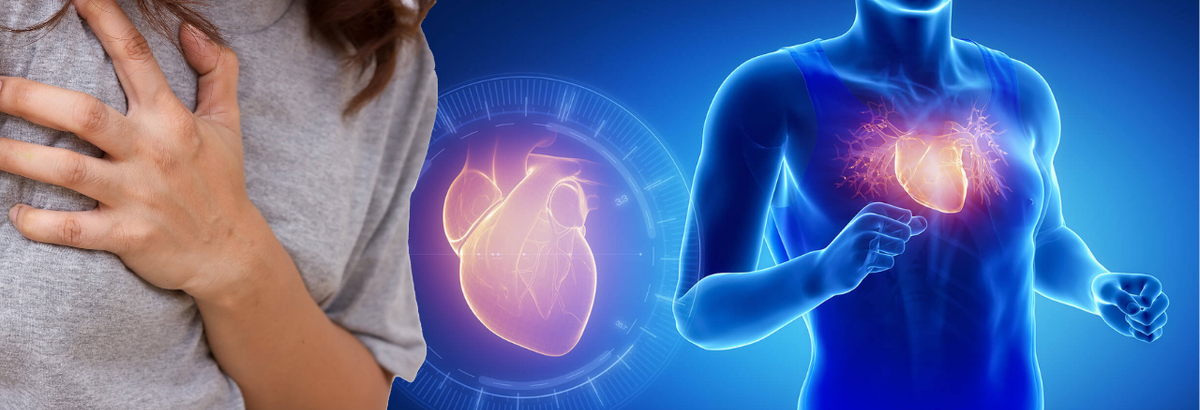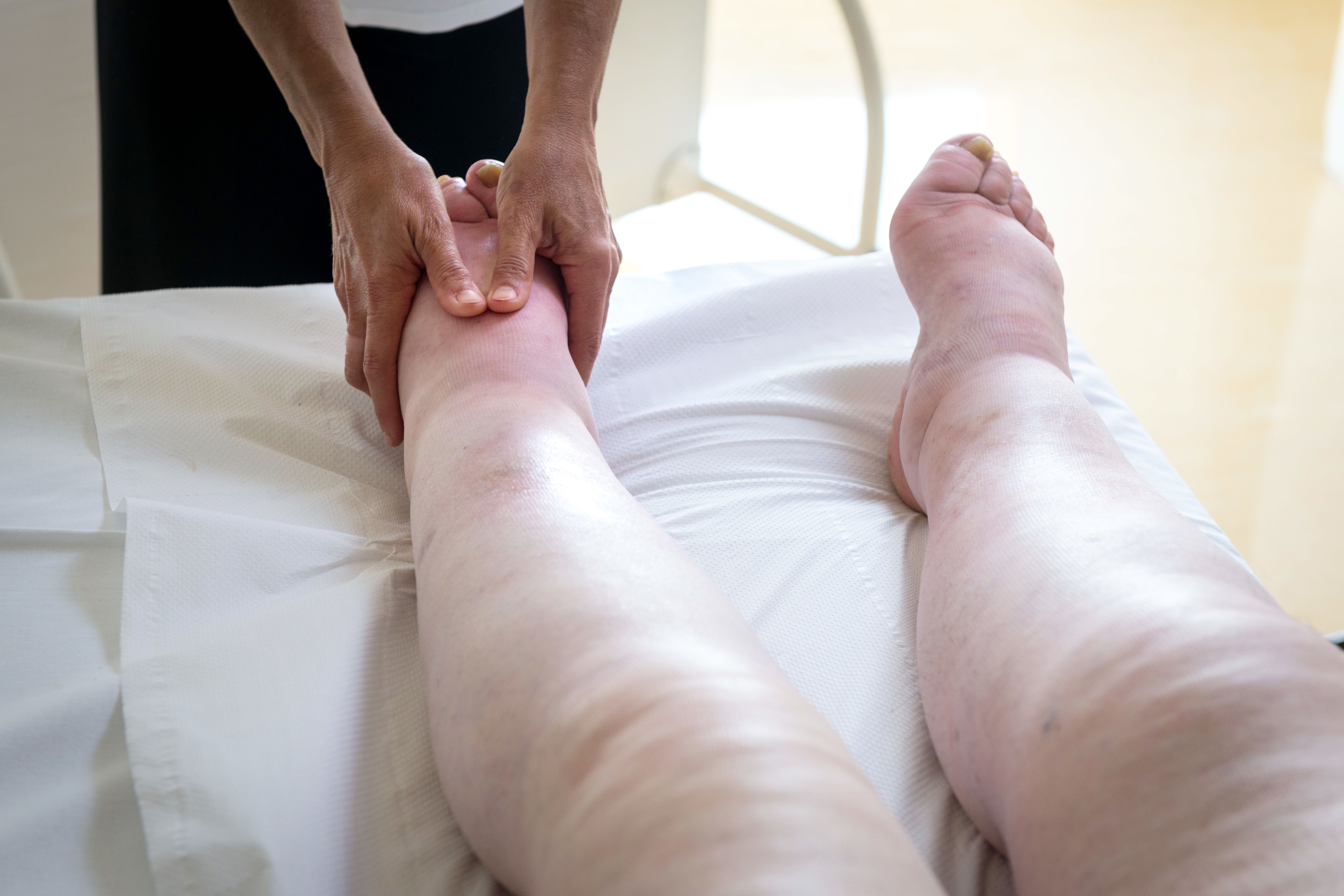What are lymphatic and venous malformations?
Anomalies of capillaries (small vessels), arteries, veins, or lymphatic vessels that are mostly of congenital origin are known as arterial venous and lymphatic malformations. Because the body is made up of vessels, these deformities have the potential to harm many organs. A deformity is frequently discovered by mistake.
Venous malformations are birth defects characterized by unusually big veins. Venous abnormalities are usually asymptomatic and produce relatively sluggish blood flow. Venous malformations can appear as soft blue patches or lumps anywhere in the body if they are superficial. Venous abnormalities are commonly observed in the face, limbs, or trunk as lumps.
Venous abnormalities will enlarge in a child as they grow. The enlargement of venous malformations can also be brought on by pregnancy and birth control drugs. Large venous malformations may compress nerves, affecting the afflicted areas' ability to govern movement and senses. Blood can pool due to venous abnormalities, which can result in clot formation, infection, and irritation.
Similar to venous malformations, lymphatic malformations are caused by excessively expanded lymphatic vessels. Eventually, extra fluid from tissues is drained by normal lymphatic channels and recycled back into your veins. Fluid drains more slowly and accumulates in the larger area in lymphatic anomalies. Malformations of the lymphatic system can bleed, seep out of the skin, or become infected. Organs close by may also be impacted, depending on where it is situated.
Symptoms of vascular and lymphatic malformations
Malformations of the veins and lymphatics are present from birth and frequently cause no symptoms. They may enlarge and exhibit the following symptoms over time:
- Cystic masses of veins beneath the skin's surface or gentle blue spots
- Enlarges when dependent, drains when elevated
- Reduced sensation and motor control
- Elevated bubbles or cystic lumps beneath the skin that are filled with bloody or clear fluid
- Enlarged bodily area containing the lymphatic malformation
How are venous and lymphatic malformations diagnosed?
A physical examination and medical history are used to diagnose a venous and lymphatic malformation.
To confirm the diagnosis of the both anomalies, or determine the full extent of the abnormality, radiologic imaging techniques like computed tomography (CT or CAT scan), magnetic resonance imaging (MRI), or ultrasonography may be required. Finding out if the deformity extends to a joint can be done with the aid of MRI.
Telescopic equipment inside the implicated organs (endoscopy) can be used to view venous abnormalities of the stomach and intestines. Capsule endoscopy is an option for patients six years of age or older. This is the process of swallowing a pill that contains a camera.
Possible treatments for both vascular anomalies
Venous and lymphatic malformations are types of vascular anomalies that involve abnormal development of veins or lymphatic vessels. The treatment approach for these conditions can vary based on the extent, symptoms, and specific characteristics of the malformation. It's important to note that management should be individualized, and consulting with a doctor, usually a vascular specialist doctor or interventional radiologist, is crucial for personalized advice. Here are some common treatment options for venous and lymphatic malformations:
- Observation
In some cases, especially if the malformation is small and not causing significant symptoms, a "watch-and-wait" approach may be recommended. Regular monitoring can help assess if any intervention is needed.
- Compression garments
Compression garments or stockings may be used to manage symptoms such as swelling (edema) associated with lymphatic malformations.
- Sclerotherapy
Sclerotherapy involves injecting a sclerosing agent into the malformation, causing the abnormal vessels to close up. This is often used for both venous and lymphatic malformations.
- Embolization
Embolization is a minimally invasive procedure where a substance is injected into the abnormal vessels to block blood flow. It is commonly used for venous malformations.
- Laser therapy
Laser therapy may be used to treat certain types of vascular malformations, especially those involving the skin. It can help reduce the visibility of lesions.
- Surgery
Surgical intervention may be considered for larger or more complex malformations. This could involve the removal or debulking of the abnormal tissue. However, surgery is often reserved for cases where other interventions are not suitable.
- Radiation therapy
Radiation therapy is not a first-line treatment, but may be considered in certain situations, particularly for unresectable lesions or when other treatment modalities are ineffective.
- Medical management
Depending on the symptoms and underlying conditions, medications such as pain relievers or anti-inflammatory drugs may be prescribed to manage symptoms.


